Home>Gardening & Outdoor>Landscaping Ideas>How To Cut Really High Grass
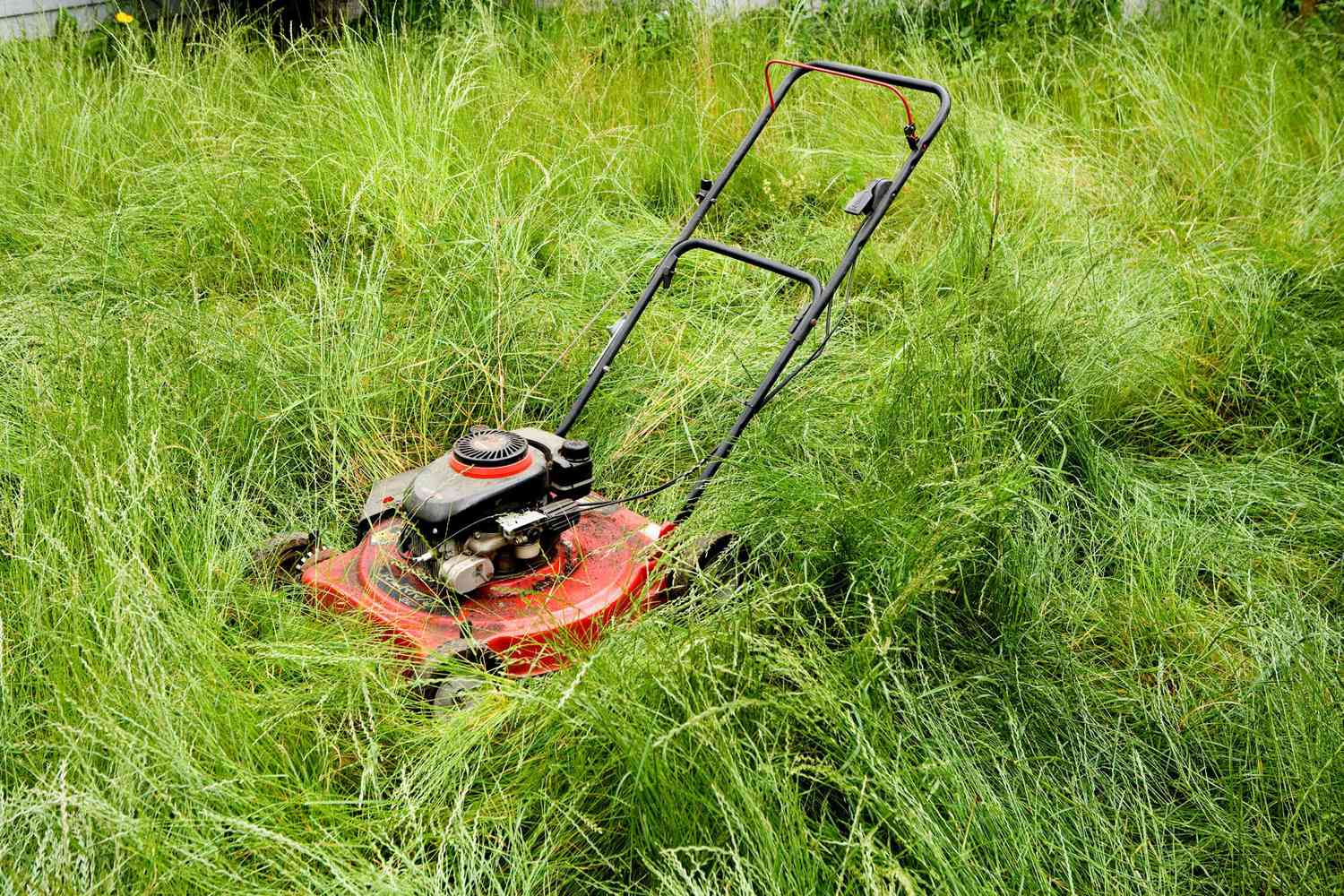

Landscaping Ideas
How To Cut Really High Grass
Modified: February 18, 2024
Learn effective landscaping ideas for cutting really high grass and transforming your outdoor space. Get expert tips and techniques for tackling overgrown lawns.
(Many of the links in this article redirect to a specific reviewed product. Your purchase of these products through affiliate links helps to generate commission for Storables.com, at no extra cost. Learn more)
Introduction
When faced with the daunting task of tackling overgrown grass, it's essential to approach the situation with a well-thought-out plan and the right tools. Whether you've neglected your lawn for a while or have recently acquired a property with excessively tall grass, knowing how to effectively manage this situation is crucial for maintaining a healthy and visually appealing outdoor space.
Dealing with really high grass can be a challenging endeavor, but with the proper techniques and equipment, it's a task that can be managed effectively. In this comprehensive guide, we will explore the step-by-step process of cutting really high grass, providing valuable insights and practical tips to help you achieve a well-groomed lawn.
From assessing the area to selecting the appropriate mowing technique and ensuring safety precautions, each aspect of this process is vital for achieving the best results. Additionally, we will delve into the necessary tools and equipment required for this task, as well as essential maintenance tips to keep your lawn in top condition.
By following the guidance outlined in this article, you'll gain the knowledge and confidence to tackle the challenge of cutting really high grass, transforming an overgrown and unkempt lawn into a beautifully manicured outdoor space. So, let's roll up our sleeves and embark on this journey to reclaiming your lawn's natural beauty and creating an inviting outdoor environment for you and your family to enjoy.
Key Takeaways:
- Taming really high grass requires careful planning, the right tools, and a gradual approach to mowing. Prioritize safety, adjust mower height, and mow in sections for a well-groomed lawn.
- After mowing really high grass, clear debris, maintain equipment, and promote lawn health. Take care of bare patches and establish a regular maintenance schedule for a vibrant outdoor space.
Read more: How High To Cut Bermuda Grass
Tools and Equipment Needed
To effectively tackle the task of cutting really high grass, it's essential to gather the appropriate tools and equipment. Equipping yourself with the right gear not only ensures a smoother mowing process but also contributes to the overall safety and efficiency of the task. Here's a comprehensive list of the essential tools and equipment needed to conquer the challenge of managing overgrown grass:
-
Lawn Mower: A robust and reliable lawn mower is the cornerstone of any grass-cutting endeavor. When dealing with exceptionally tall grass, a self-propelled mower with a powerful engine is highly recommended. Additionally, consider a mower with adjustable cutting heights to accommodate the varying levels of overgrowth.
-
String Trimmer or Brush Cutter: In areas where the grass is too dense or uneven for the lawn mower to reach, a string trimmer or brush cutter becomes indispensable. These tools are perfect for tidying up edges, around obstacles, and along fences, ensuring a thorough and uniform finish.
-
Protective Gear: Prioritize safety by wearing appropriate protective gear, including sturdy work boots, safety goggles, and ear protection. Gloves are also essential for handling equipment and protecting your hands from debris.
-
Rake and Leaf Blower: Clearing the mowed grass and debris is an integral part of the process. A rake and leaf blower are invaluable for gathering and removing the cut grass, leaves, and other organic matter, leaving your lawn looking neat and well-maintained.
-
Gasoline and Oil: Ensure that your lawn mower and other gas-powered equipment are fueled and lubricated adequately before starting the task. Running out of fuel or oil midway through the mowing process can be inconvenient and disrupt the workflow.
-
Maintenance Tools: Keep basic maintenance tools on hand, such as a wrench, pliers, and a file, to address any minor issues that may arise during the mowing process. Regular maintenance of your equipment is crucial for optimal performance and longevity.
-
Wheelbarrow or Garden Cart: For larger properties or extensive mowing tasks, a wheelbarrow or garden cart can be immensely helpful for transporting equipment, collecting debris, and minimizing the physical strain of moving heavy loads.
By ensuring that you have these essential tools and equipment at your disposal, you'll be well-prepared to take on the challenge of cutting really high grass. With the right gear and a strategic approach, transforming an overgrown lawn into a well-maintained and visually appealing outdoor space becomes an achievable and rewarding endeavor.
Safety Precautions
Prioritizing safety is paramount when undertaking the task of cutting really high grass. The combination of tall, dense vegetation and potentially uneven terrain poses various hazards that must be addressed to ensure a safe and incident-free mowing process. By adhering to the following safety precautions, you can mitigate risks and create a secure environment for yourself and others involved in the task.
-
Inspect the Area: Before commencing the mowing process, carefully survey the entire area to identify any potential hazards or obstacles. Remove debris, rocks, branches, and other objects that could pose a danger to the equipment or cause tripping hazards.
-
Wear Appropriate Protective Gear: Equip yourself with the necessary protective gear to safeguard against potential injuries. This includes wearing sturdy work boots with good traction to provide stability on uneven terrain, safety goggles to shield your eyes from flying debris, and ear protection to minimize the impact of prolonged exposure to the mower's noise.
-
Stay Hydrated and Take Breaks: Mowing really high grass can be physically demanding, especially in warm weather. Stay hydrated by drinking plenty of water and take regular breaks to prevent exhaustion and dehydration. Pace yourself and listen to your body's signals to avoid overexertion.
-
Clear the Area of People and Pets: Ensure that the mowing area is clear of bystanders, children, and pets. Communicate with family members or neighbors to prevent unexpected encounters during the mowing process, reducing the risk of accidents or injuries.
-
Follow Mower Safety Guidelines: Familiarize yourself with the specific safety guidelines for your mower and adhere to them diligently. This includes understanding the mower's operational features, such as the emergency shut-off mechanism, and never bypassing safety switches or guards.
-
Avoid Overreaching or Overexertion: Maintain a stable and balanced posture while operating the mower or using other equipment. Avoid overreaching or overexerting yourself, as this can lead to muscle strain or loss of control over the equipment.
-
Be Mindful of Slopes and Uneven Terrain: Exercise caution when mowing on slopes or uneven ground. Always mow across slopes rather than up and down to maintain stability, and be mindful of potential hidden hazards beneath the tall grass.
-
Inspect and Maintain Equipment: Regularly inspect and maintain your mowing equipment to ensure it is in optimal working condition. Check for loose or damaged parts, and keep blades sharp to facilitate efficient cutting and reduce the risk of equipment malfunctions.
By adhering to these safety precautions, you can significantly reduce the likelihood of accidents and injuries while cutting really high grass. Prioritizing safety not only protects you and others involved in the task but also contributes to a more controlled and effective mowing process, ultimately leading to a well-maintained and visually appealing lawn.
Step 1: Survey the Area
Before diving into the task of cutting really high grass, it's crucial to conduct a thorough survey of the entire mowing area. This initial step sets the foundation for a well-organized and efficient mowing process, allowing you to identify potential obstacles, assess the terrain, and strategize the best approach for managing the overgrown vegetation.
Begin by walking around the perimeter of the lawn, carefully inspecting the entire area to pinpoint any hazards or challenges that may impact the mowing process. Look out for debris, rocks, tree stumps, or any other obstructions that could impede the movement of the mower or pose safety risks. Clearing these obstacles before starting the mowing process is essential for a smooth and uninterrupted workflow.
In addition to identifying physical obstacles, take note of any uneven terrain, slopes, or dips in the landscape. Understanding the topography of the mowing area is crucial for planning the mowing direction and adjusting the mower's settings to accommodate varying ground levels. By recognizing the natural contours of the land, you can mow more effectively and minimize the risk of accidents or equipment strain.
Furthermore, assess the density and height of the grass across different sections of the lawn. Note areas with particularly dense or tangled vegetation, as these may require additional attention and specialized mowing techniques. By understanding the variations in grass height and thickness, you can tailor your approach to ensure a uniform and well-manicured finish.
During the survey, consider the presence of any delicate plants, flower beds, or garden features that require special care and attention. Mark these areas to avoid accidental damage during the mowing process, and plan the mowing route to work around these sensitive elements. This proactive approach not only preserves the aesthetic appeal of the landscape but also minimizes the risk of unintended damage to valuable plants and features.
By meticulously surveying the mowing area, you establish a solid understanding of the terrain, potential challenges, and specific requirements for managing really high grass. This comprehensive assessment forms the groundwork for the subsequent steps, enabling you to approach the task with precision, confidence, and a clear strategy for achieving optimal results.
Step 2: Choose the Right Mowing Technique
Selecting the appropriate mowing technique is pivotal when dealing with really high grass. The right approach not only ensures effective cutting but also contributes to the overall health and appearance of the lawn. By understanding the characteristics of the overgrown grass and tailoring the mowing technique to suit the specific conditions, you can achieve a well-groomed and vibrant lawn. Here are the key considerations for choosing the right mowing technique:
Read more: How High To Cut My Grass In Spring
Consider the Grass Height and Density
Assess the height and density of the overgrown grass to determine the most suitable mowing technique. For exceptionally tall grass, it's advisable to initially trim the vegetation to a manageable height before proceeding with a standard mowing approach. This initial trimming reduces the strain on the mower and facilitates a more even and efficient cut. A string trimmer or brush cutter can be used for this purpose, targeting areas where the grass is particularly dense or overgrown.
Opt for Gradual Reduction
When faced with significantly overgrown grass, it's essential to adopt a gradual reduction approach. Attempting to mow the entire lawn to the desired height in a single pass can overwhelm the mower and result in an uneven finish. Instead, gradually reduce the grass height over multiple mowing sessions, adjusting the cutting height incrementally with each pass. This method allows the grass to acclimate to the trimming process and promotes healthier regrowth, ultimately leading to a more uniform and well-maintained lawn.
Employ the "One-Third Rule"
Adhere to the "one-third rule" when mowing really high grass to prevent stress and damage to the vegetation. This guideline recommends removing no more than one-third of the grass blade's height in a single mowing session. By following this rule, you encourage stronger and healthier grass growth, reduce the risk of shock to the plants, and maintain the overall vitality of the lawn. Additionally, adhering to this principle contributes to a more aesthetically pleasing and uniform lawn appearance.
Utilize Overlapping Passes
When mowing overgrown grass, employing overlapping passes is essential for achieving a consistent and thorough cut. As the grass height may vary across the lawn, overlapping the mower's path ensures that no areas are missed and that the cutting is uniform. This technique is particularly effective when using a rotary mower, allowing for comprehensive coverage and a neater finish.
By carefully considering these factors and implementing the appropriate mowing technique, you can effectively manage really high grass and transform an unkempt lawn into a well-maintained outdoor space. The right mowing approach not only enhances the visual appeal of the landscape but also promotes the overall health and vitality of the grass, creating a lush and inviting environment for leisure and relaxation.
Read more: How High To Cut St. Augustine Grass
Step 3: Adjust Mower Height
Properly adjusting the mower height is a critical step in effectively managing really high grass. By setting the mower to the appropriate cutting height, you can ensure an even and controlled trim while promoting the health and resilience of the grass. Here's a detailed exploration of the significance of adjusting the mower height and the steps involved in this essential process.
Importance of Mower Height Adjustment
The cutting height of the mower directly influences the health and appearance of the grass. When dealing with overgrown vegetation, it's essential to avoid cutting the grass too short, as this can stress the plants and leave the lawn vulnerable to issues such as weed infestation and moisture loss. Conversely, allowing the grass to remain excessively tall can lead to an unkempt and uneven lawn surface. By adjusting the mower height to an optimal level, you strike a balance between maintaining a well-groomed appearance and preserving the vitality of the grass.
Steps to Adjust Mower Height
-
Refer to the Mower Manual: Consult the manufacturer's manual for your specific mower model to understand the available cutting height adjustments and recommended settings. Different mowers may have varying mechanisms for adjusting the cutting height, and familiarizing yourself with the manual ensures that you make the appropriate adjustments.
-
Select the Desired Cutting Height: Determine the ideal cutting height based on the current condition of the grass and the desired length of the lawn. For really high grass, it's advisable to start with a higher cutting setting to avoid shock to the plants and allow for gradual reduction over subsequent mowing sessions.
-
Raise or Lower the Mower Deck: Use the designated levers or mechanisms to raise or lower the mower deck to the chosen cutting height. Ensure that the adjustment is uniform across all wheels to maintain an even cut. For exceptionally tall grass, a higher initial cutting height is recommended to prevent stressing the vegetation.
-
Perform a Test Pass: Before mowing the entire lawn, perform a test pass in a less conspicuous area to assess the cutting height and make any necessary adjustments. This allows you to confirm that the selected height is suitable for the overgrown grass and ensures a consistent and desirable finish.
-
Monitor and Adjust as Needed: Throughout the mowing process, periodically monitor the cutting height and make adjustments if certain areas of the lawn require a different setting. Uneven terrain or variations in grass density may necessitate minor alterations to the cutting height to achieve a uniform and well-maintained appearance.
By meticulously adjusting the mower height, you set the stage for a controlled and effective mowing process, ensuring that the overgrown grass is managed with precision and care. This attention to detail not only contributes to the immediate visual appeal of the lawn but also fosters the long-term health and resilience of the grass, creating an inviting and vibrant outdoor space.
Step 4: Mow in Sections
Dividing the mowing area into manageable sections is a strategic approach that enhances the efficiency and quality of the grass-cutting process, especially when dealing with really high grass. Mowing in sections allows for better control, promotes a systematic workflow, and ensures a thorough and uniform cut across the entire lawn. Here's a detailed exploration of the significance of mowing in sections and the steps involved in this essential process.
Read more: How High Should Zoysia Grass Be Cut
Importance of Mowing in Sections
Mowing in sections offers several advantages, particularly when faced with overgrown grass. By dividing the lawn into smaller, more manageable areas, you can focus on one section at a time, ensuring that no areas are overlooked and that the mowing process is executed with precision. This approach also minimizes the strain on the mower, particularly when dealing with dense or exceptionally tall grass, allowing for a more even and controlled cut.
Furthermore, mowing in sections facilitates a systematic and organized workflow, reducing the likelihood of fatigue and ensuring that each part of the lawn receives the necessary attention. This method also enables you to adapt to the specific characteristics of different areas within the lawn, such as varying grass height, density, and terrain, resulting in a more uniform and aesthetically pleasing finish.
Steps to Mow in Sections
-
Divide the Lawn: Begin by mentally or physically dividing the lawn into distinct sections based on factors such as grass height, terrain, and any natural divisions within the landscape. This segmentation allows you to approach each area methodically and ensures comprehensive coverage during the mowing process.
-
Establish a Sequence: Determine a logical sequence for mowing the sections, considering factors such as accessibility, proximity to power sources, and the natural flow of the landscape. Establishing a clear sequence streamlines the mowing process and minimizes unnecessary backtracking or overlapping.
-
Focus on One Section at a Time: Concentrate on mowing one section at a time, starting with the designated first area. By focusing on individual sections, you can maintain a consistent cutting pattern and ensure that each part of the lawn receives the necessary attention and care.
-
Overlap Passes: When transitioning between sections, overlap the mower's path slightly to ensure that no areas are missed and that the cutting is uniform. This technique is particularly important when using a rotary mower, as it promotes a neater and more thorough finish.
-
Monitor Progress: Continuously monitor your progress as you move from one section to the next, ensuring that each area is mowed evenly and that any specific challenges, such as dense patches of grass or uneven terrain, are addressed effectively.
By meticulously mowing in sections, you establish a structured and methodical approach to managing really high grass, ensuring that the entire lawn receives the necessary attention and care. This systematic method not only enhances the efficiency and quality of the mowing process but also contributes to a well-maintained and visually appealing lawn, creating an inviting outdoor environment for leisure and relaxation.
Step 5: Clean Up and Maintenance Tips
After successfully mowing really high grass, the clean-up and maintenance phase is crucial for ensuring a pristine and healthy lawn. This step involves tidying the mowed area, addressing any residual debris, and implementing essential maintenance practices to promote the ongoing well-being of the grass and the overall landscape.
Clearing Debris and Cut Grass
Begin the clean-up process by clearing the mowed area of debris, including cut grass, twigs, and any other organic matter. Utilize a rake to gather the cut grass into manageable piles, making it easier to collect and dispose of. Additionally, use a leaf blower to clear any remaining debris from the lawn, ensuring a tidy and well-maintained appearance.
Read more: How To Mow Really Tall Grass
Proper Disposal or Composting
Dispose of the collected cut grass and debris responsibly, adhering to local waste disposal guidelines. Consider composting the organic material if suitable facilities are available, contributing to sustainable waste management and potentially creating nutrient-rich compost for future use in the garden or landscape.
Equipment Maintenance
After completing the mowing and clean-up process, attend to the maintenance of your mowing equipment. Thoroughly clean the mower, removing any grass clippings and debris from the blades, undercarriage, and other components. Inspect the equipment for any signs of wear or damage, and perform routine maintenance tasks such as blade sharpening, oil checks, and lubrication to ensure optimal performance and longevity.
Lawn Health and Care
Following the mowing and clean-up activities, prioritize the ongoing health and care of the lawn. Consider applying a suitable fertilizer to replenish essential nutrients and promote healthy regrowth. Additionally, monitor the moisture levels of the soil and adjust watering practices as needed to support the recovery and rejuvenation of the grass.
Addressing Bare Patches
If the mowing process revealed bare patches or areas of sparse grass growth, take proactive measures to address these areas. Overseeding or reseeding these patches can encourage new grass growth, restoring the uniformity and lushness of the lawn.
Read more: How To Mow Really Long Grass
Regular Maintenance Schedule
Establish a regular maintenance schedule for your lawn, encompassing mowing, watering, fertilization, and ongoing care. Consistent attention to the maintenance needs of the lawn contributes to its long-term health and appearance, ensuring that it remains an inviting and vibrant outdoor space for leisure and enjoyment.
By diligently addressing the clean-up and maintenance aspects following the mowing of really high grass, you contribute to the overall health and aesthetic appeal of the lawn. This comprehensive approach not only ensures immediate tidiness and order but also fosters the long-term vitality and beauty of the landscape, creating an inviting and enjoyable outdoor environment.
Conclusion
In conclusion, the process of cutting really high grass is a task that demands careful planning, strategic execution, and a commitment to maintaining the long-term health and beauty of the lawn. By following the comprehensive steps outlined in this guide, you can effectively transform an overgrown and unkempt lawn into a well-maintained and visually appealing outdoor space.
From the initial survey of the mowing area to the selection of the right mowing technique and the meticulous adjustment of the mower height, each step plays a crucial role in achieving optimal results. By approaching the task with attention to detail and a clear understanding of the specific requirements of overgrown grass, you can navigate the challenges effectively and create a lush and inviting landscape.
Furthermore, the emphasis on safety precautions underscores the importance of creating a secure environment for both the individual undertaking the task and others in the vicinity. Prioritizing safety not only minimizes the risk of accidents and injuries but also contributes to a more controlled and efficient mowing process.
The division of the mowing area into manageable sections and the subsequent clean-up and maintenance activities further enhance the quality and longevity of the lawn. By adopting a systematic approach and attending to the post-mowing care of the landscape, you ensure that the immediate results are sustained and that the grass continues to thrive.
Ultimately, the successful management of really high grass goes beyond the physical act of mowing; it encompasses a holistic approach to lawn care, encompassing safety, precision, and ongoing maintenance. By embracing this comprehensive perspective, you can transform the challenge of overgrown grass into an opportunity to create a vibrant and inviting outdoor space for leisure, relaxation, and enjoyment.
Frequently Asked Questions about How To Cut Really High Grass
Was this page helpful?
At Storables.com, we guarantee accurate and reliable information. Our content, validated by Expert Board Contributors, is crafted following stringent Editorial Policies. We're committed to providing you with well-researched, expert-backed insights for all your informational needs.
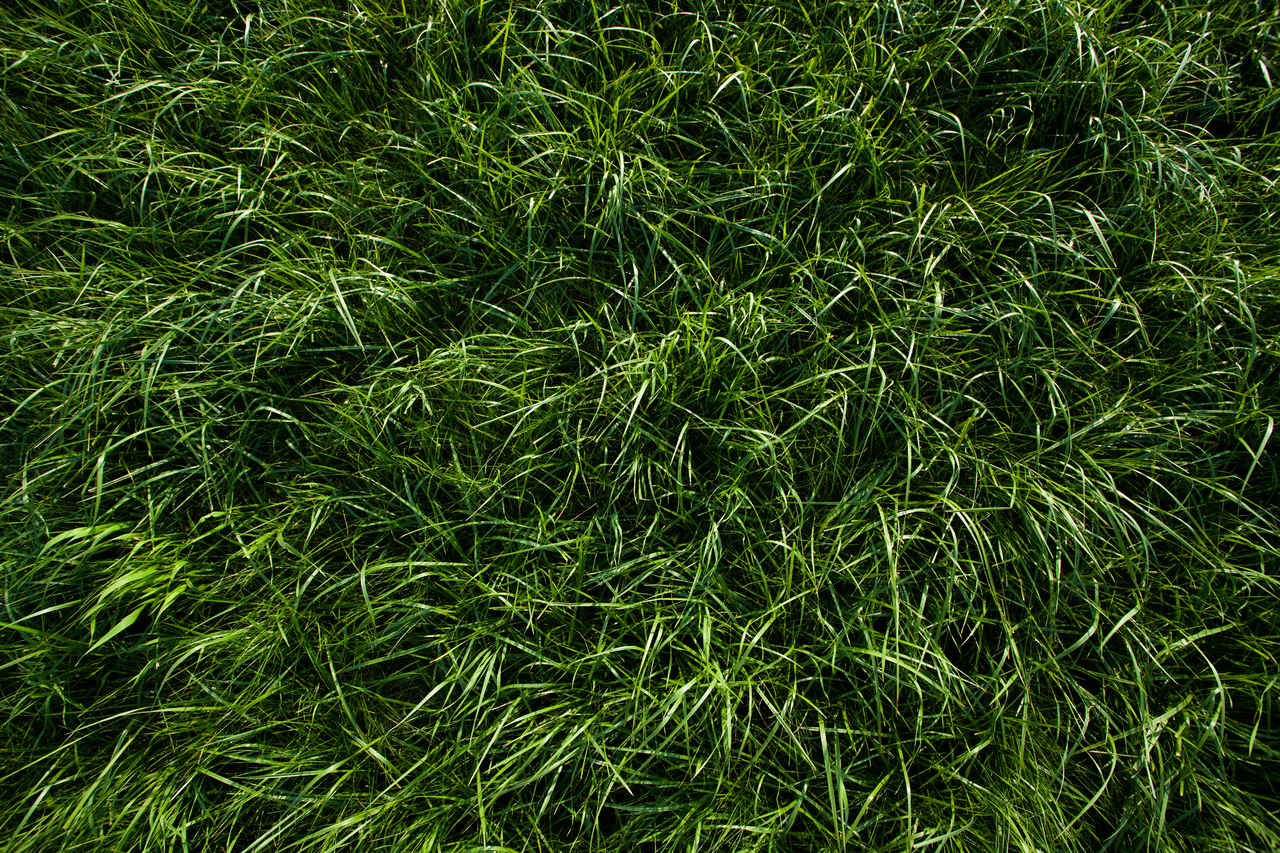
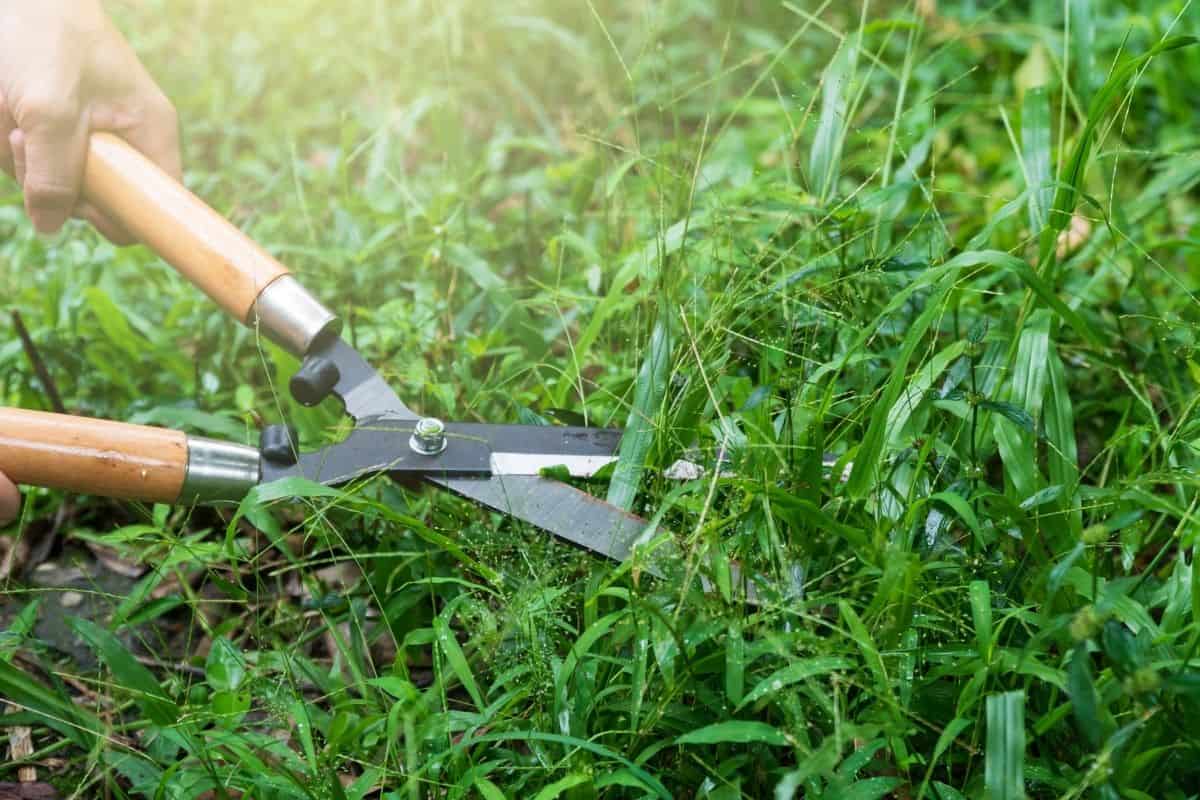
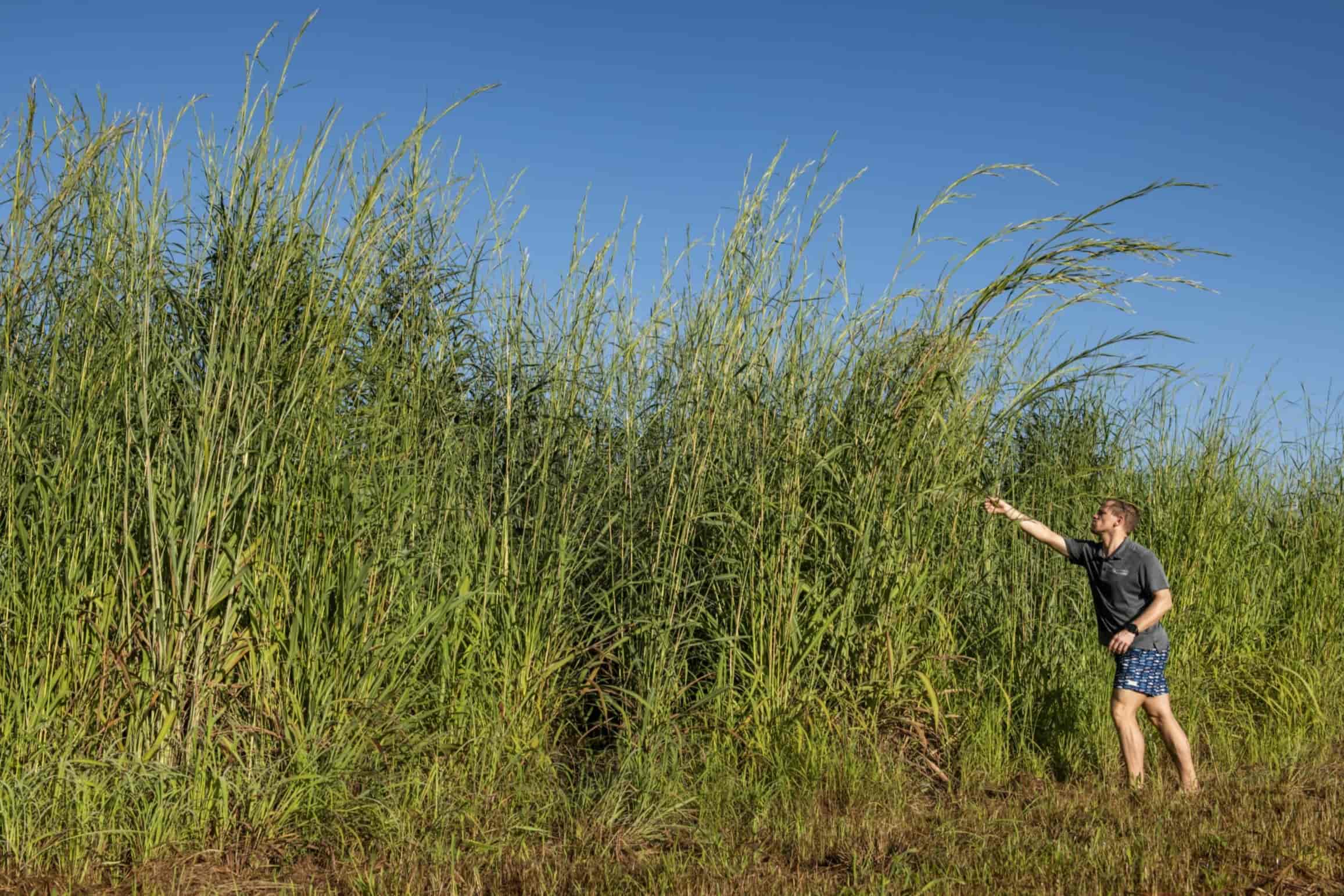
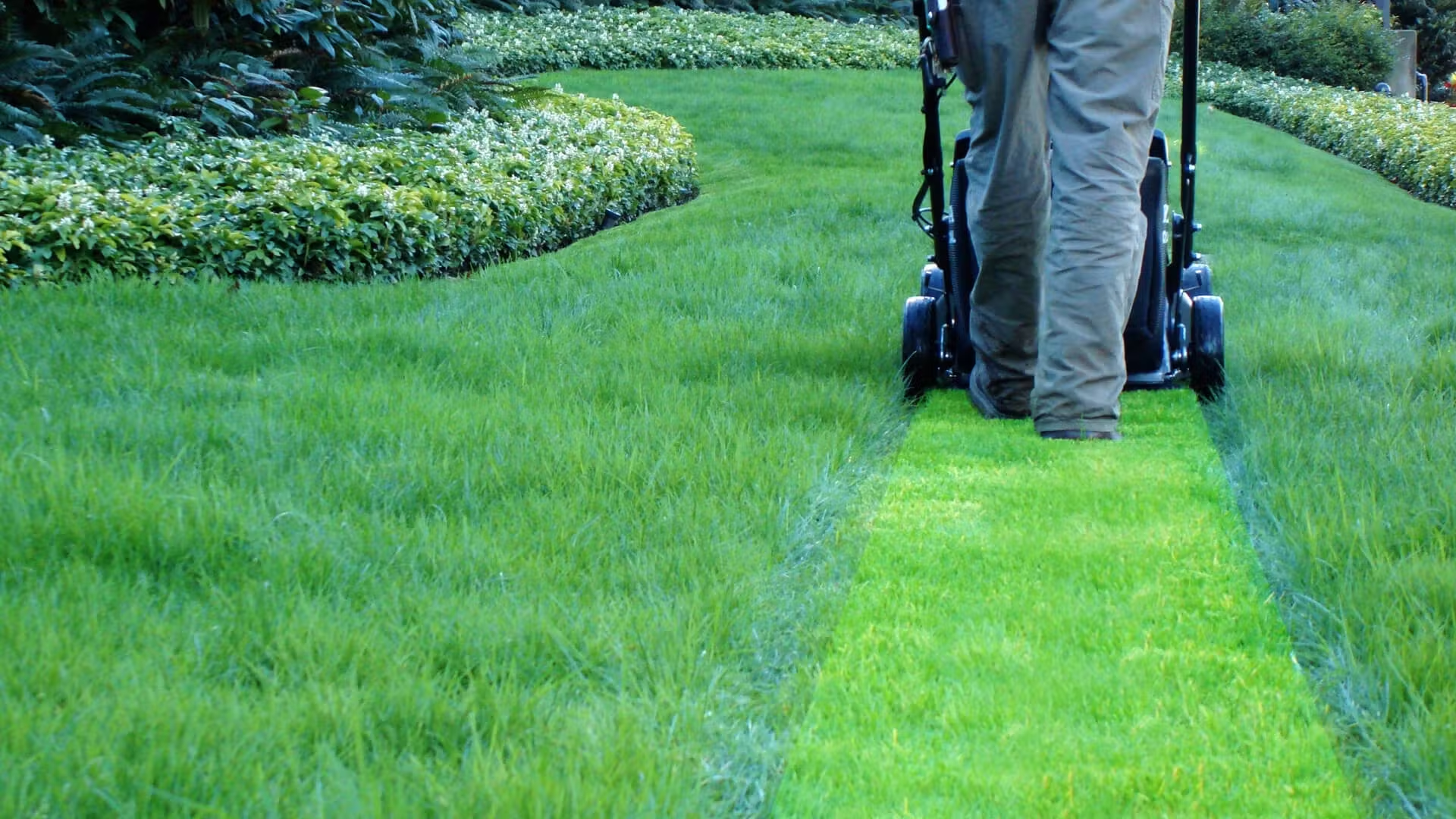

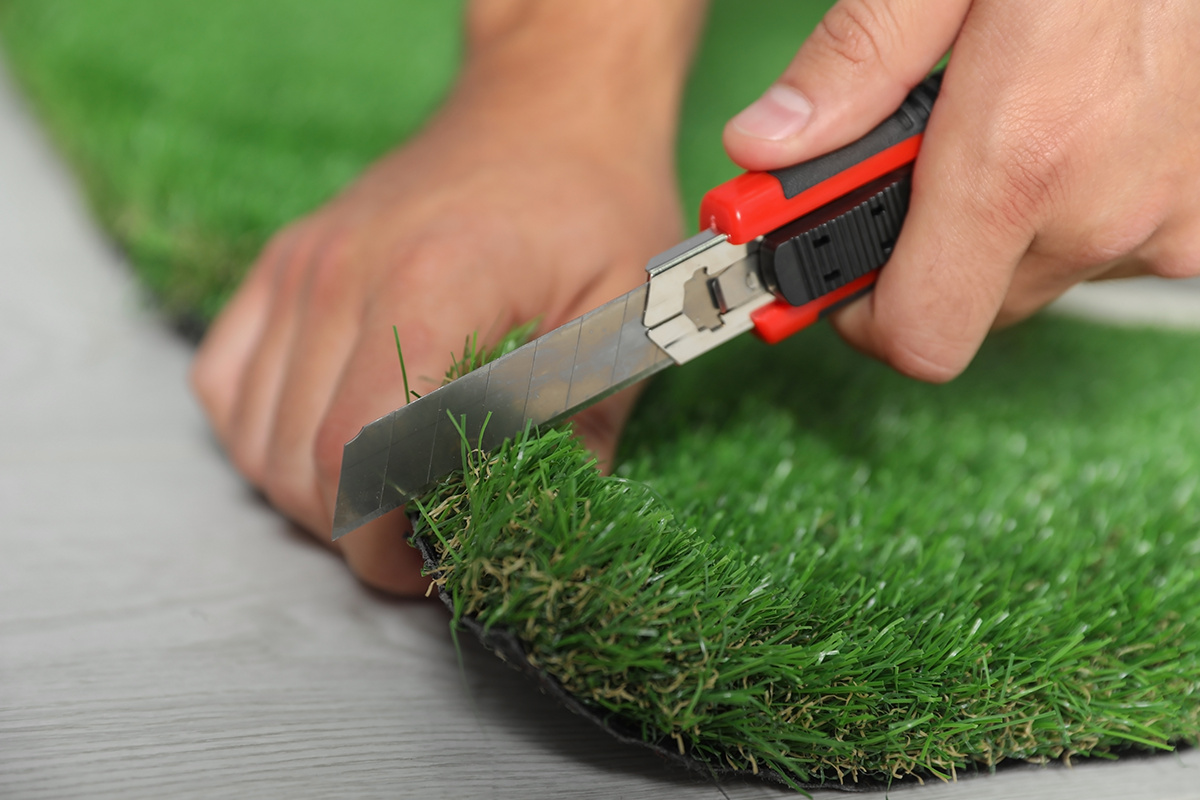
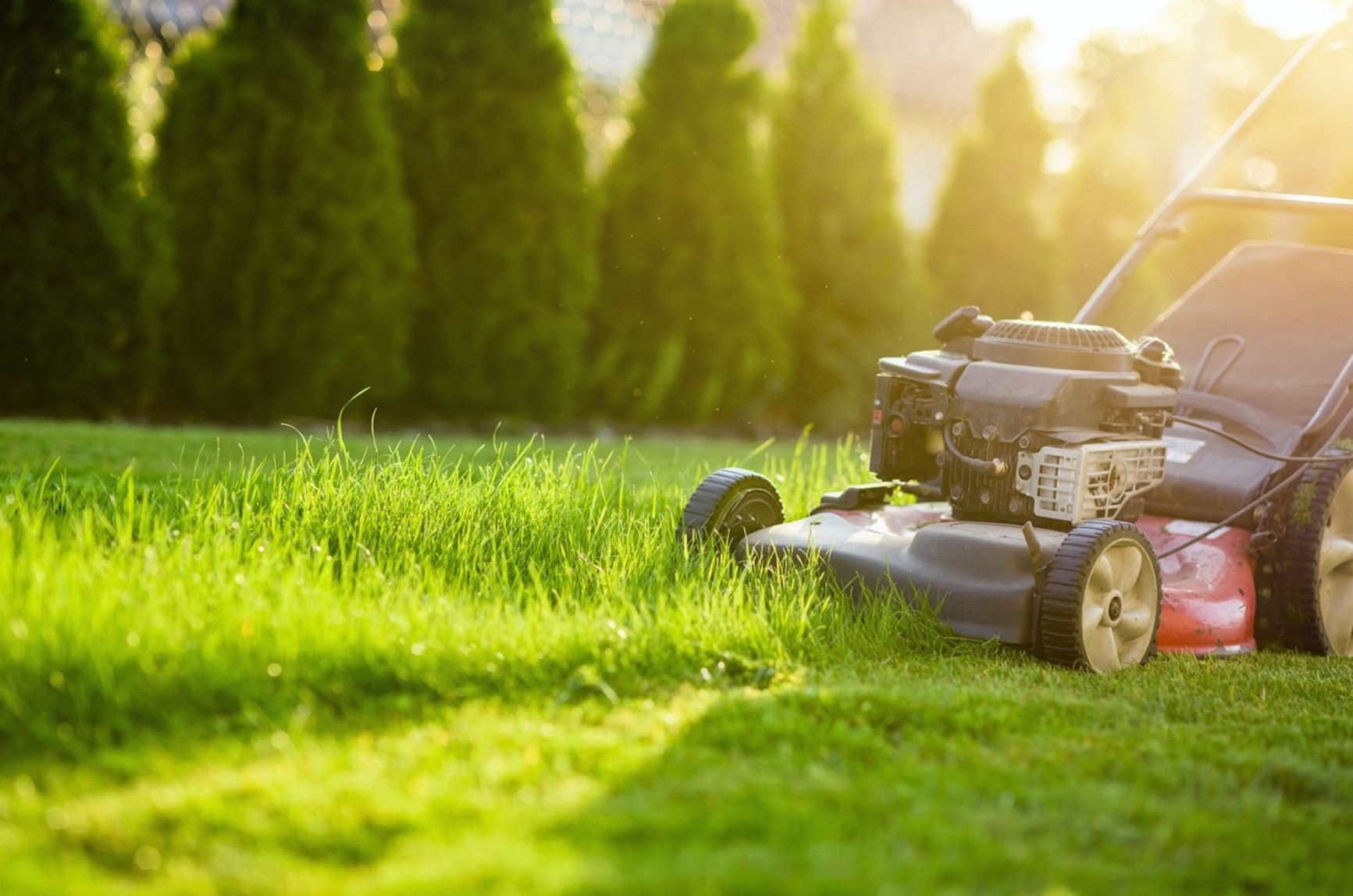
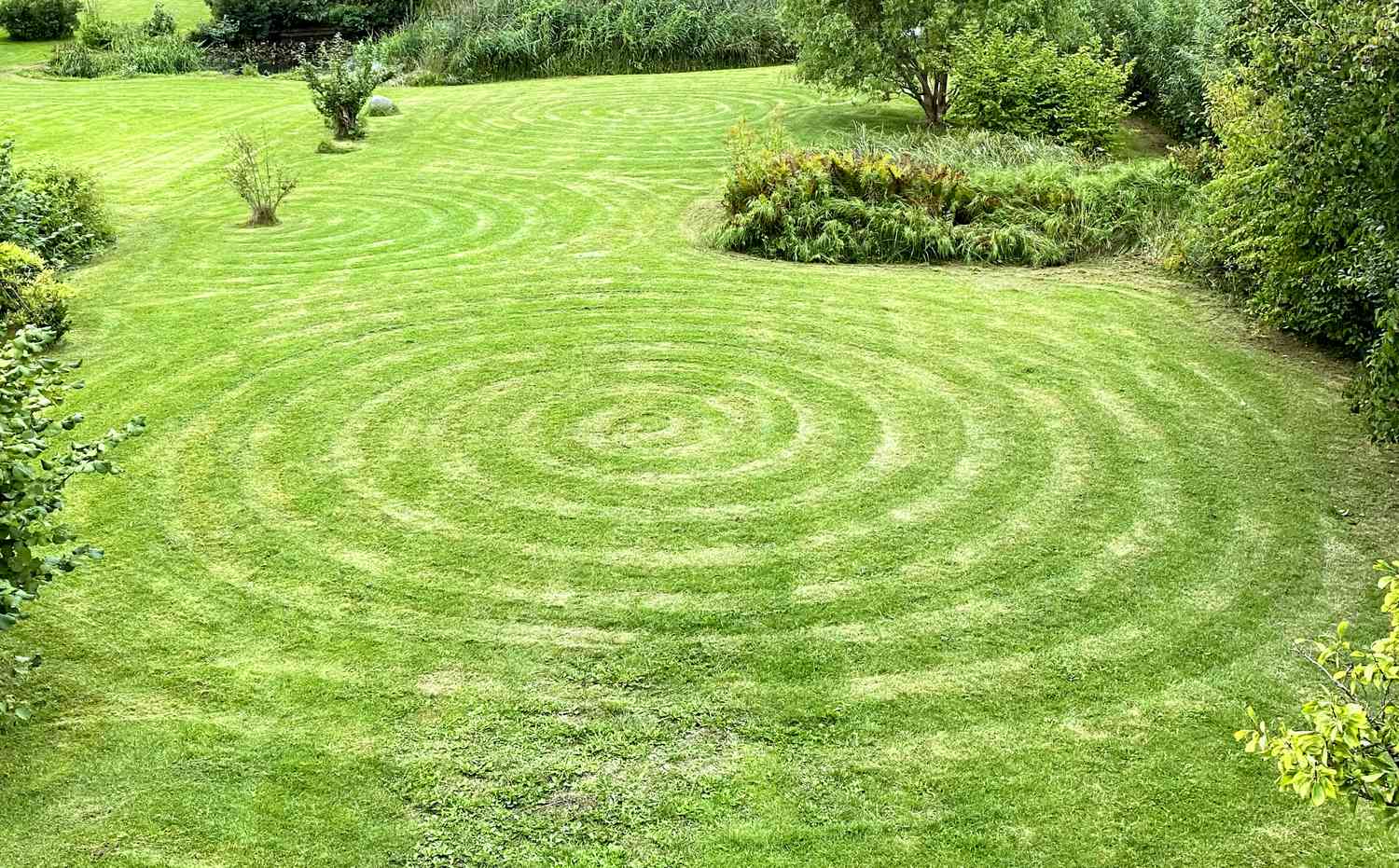
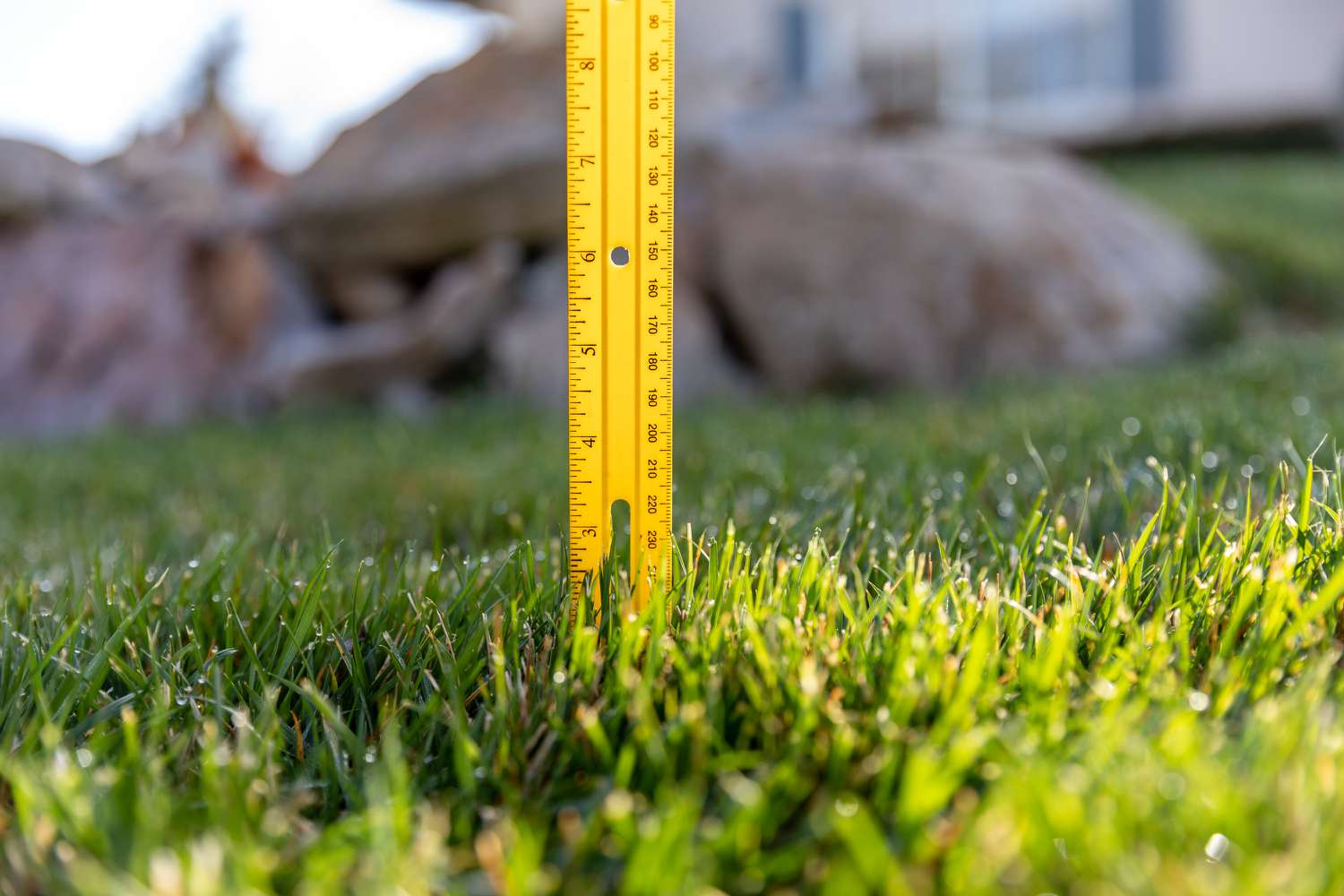
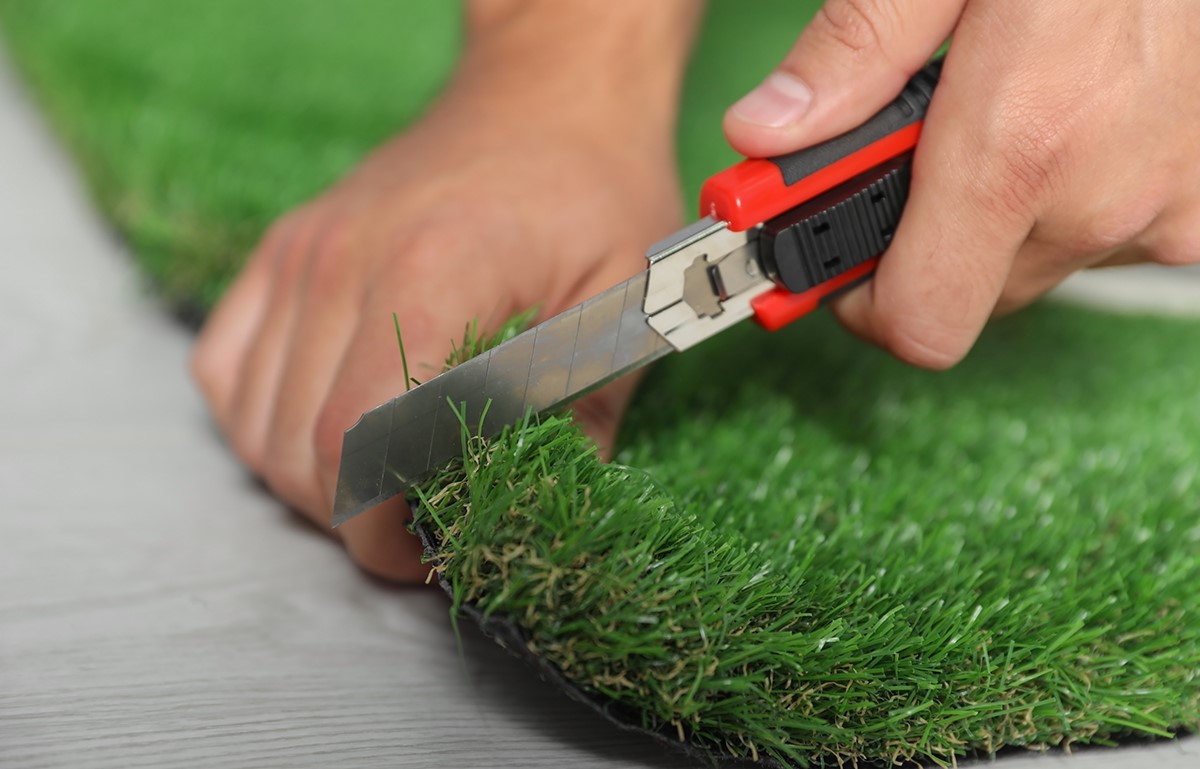

0 thoughts on “How To Cut Really High Grass”